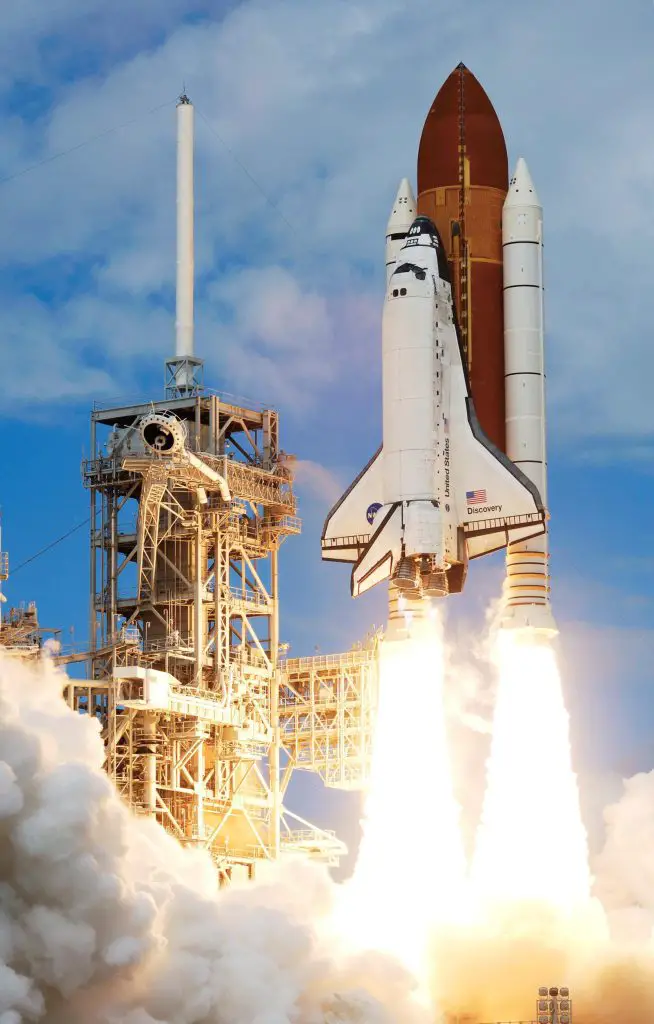
Space Shuttle Challenger
- Serial Number: OV-099
- In Space: No
- Height: 56.1 m
- Diameter: 8.7 m
- Status: Destroyed
The Space Shuttle Challenger spacecraft embarked on 10 flight(s), showcasing its capability of Carrying a crew of 7 astronauts along with cargo to Low Earth Orbit. and designed with a flight life of 14 days. Notably, it boasts a crew capacity accommodating up to 7 astronauts and a payload capacity of 27500 kg.
Space Shuttle Challenger (Orbiter Vehicle Designation: OV-099) was the second orbiter of NASA’s space shuttle program to be put into service, after Columbia. Challenger was built by Rockwell International’s Space Transportation Systems Division, in Downey, California. Its maiden flight, STS-6, began on April 4, 1983. The orbiter was launched and landed nine times before breaking apart 73 seconds into its tenth mission, STS-51-L, on January 28, 1986, resulting in the death of all seven crew members, including a civilian school teacher. It was the first of two shuttles to be destroyed in flight, the other being Columbia, in 2003. The accident led to a two-and-a-half-year grounding of the shuttle fleet; flights resumed in 1988, with STS-26 flown by Discovery. Challenger was replaced by Endeavour, which was built from structural spares ordered by NASA in the construction contracts for Discovery and Atlantis.
Launches
History
The Space shuttle was a United States space craft. Following the conclusion of the Apollo program the Space Shuttle intended to lower costs for reliable access to Low Earth Orbit. The program ran from 1981-2011.
The Space Shuttle was a partially reusable LEO spacecraft system operated by the U.S. National Aeronautics and Space Administration (NASA) as part of the Space Shuttle program. Its official program name was Space Transportation System (STS), taken from a 1969 plan for a system of reusable spacecraft of which it was the only item funded for development. The first of four orbital test flights occurred in 1981, leading to operational flights in 1982. In addition to the prototype whose completion was cancelled, five complete Shuttle systems were built and used on a total of 135 missions from 1981 to 2011, launched from the Kennedy Space Center (KSC) in Florida. Operational missions launched numerous satellites, interplanetary probes, and the Hubble Space Telescope (HST); conducted science experiments in orbit; and participated in construction and servicing of the International Space Station. The Shuttle fleet’s total mission time was 1322 days, 19 hours, 21 minutes and 23 seconds.
Agency
National Aeronautics and Space Administration
The National Aeronautics and Space Administration is an independent agency of the executive branch of the United States federal government responsible for the civilian space program, as well as aeronautics and aerospace research. NASA have many launch facilities but most are inactive. The most commonly used pad will be LC-39B at Kennedy Space Center in Florida.